Programme encourages love for Vietnamese traditional opera among Hanoi students
A programme entitled ‘Experimenting the arts of ‘Cheo’ – Vietnamese traditional opera’ was recently held at Hao Nam Temple in Hanoi, allowing the capital city’s students to learn more about the charm of ‘cheo’, a Vietnamese intangible cultural heritage, thus encouraging their love for the heritage.
 |
Students taking part in a programme on experimenting the arts of ‘Cheo’ at Hao Nam Temple in Hanoi.
During the three-hour programme, 30 participating students, aged from 8 to 12, were pided into three teams to test their basic knowledge about cheo, and to learn cheo singing and dance, before delivering a cheo performance in front of their parents.
When she heard about the event, Pham Ngoc Linh registered her two children, Bui Ngoc Anh, 10, and Bui Bao Chau, 8. Linh said that she didn’t want her children to miss this valuable opportunity to learn cheo directly from professional cheo artists.
Children today prefer modern entertainment types over their nation’s traditional art forms, Linh said, expressing her hope that her children would experience the beauty of traditional culture and arts, which she believes will help to enrich their souls.
Ngoc Anh, Linh’s elder daughter, said she was excited to receive compliments from Cheo artists for her performance.
“I just heard about cheo before, it wasn’t until today I could learn more about it,” she said, adding that she liked the part about the betrothal ceremony between Thien Si and Thi Kinh in the popular cheo show, ‘Quan Am Thi Kinh’.
Duc Anh, a participating student from Giang Vo Secondary School, had only heard about ‘Quan Am Thi Kim’ through articles and on the internet. In his first encounter with cheo, he commented that although dances of the cheo art form were difficult, they were really beautiful.
The programme was organised by the Hanoi city Cultural Centre (HCC) under the city’s Department of Culture and Sports in coordination with ‘Cheo 48h’ project - a group of ‘cheo’ artists and young arts enthusiasts in the city.
According to Dinh Thao, head of the ‘Cheo 48h’ project team, the programme’s success exceeded their expectations. When the team first proposed the programme, they expected to attract 15 students, but the number of entrants went up to 30 on the last day and interest continued to grow but the organising board closed orders so as to ensure the show’s quality.
As the programme was the first time the ‘Cheo 48h’ project team designed a programme specifically targeting students, the encouraging outcome of the show has motivated them to work on more similar events.
The programme is the third of its kind in the series of programmes exploring Hanoi’s intangible cultural heritages, which is being implemented by the HCC in 2018.
A fanpage for the series was launched on Facebook, allowing anyone who is interested to register online to learn more about the trong bong dance (a worshipping ritual of Trieu Khuc villagers in Hanoi), xam singing (ballads once sung by wandering blind musicians), cheo (traditional opera, ca tru (ceremonial singing), and chau van (spiritual singing).
Accredited and veteran artists, artisans and practitioners of each art form have been invited to work as instructors and presenters for the participants of each programme.
Artisan Ngo Van Hao said that even though many assume that young people are now turning their back on traditional art forms, he believed that it was because they are not provided with much opportunity to discover the appeal of the ancestral arts and culture.
The excitement, smiling faces, and spontaneous applause of the attendants, particularly students, have shown that traditional arts always hold a place in the audience’s hearts if they are introduced to the public in a proper way./.
VNF/NDO
Recommended
 Viet's Home
Viet's Home
Vietnam Classified as “Low Risk” Under the EU Anti-Deforestation Regulation
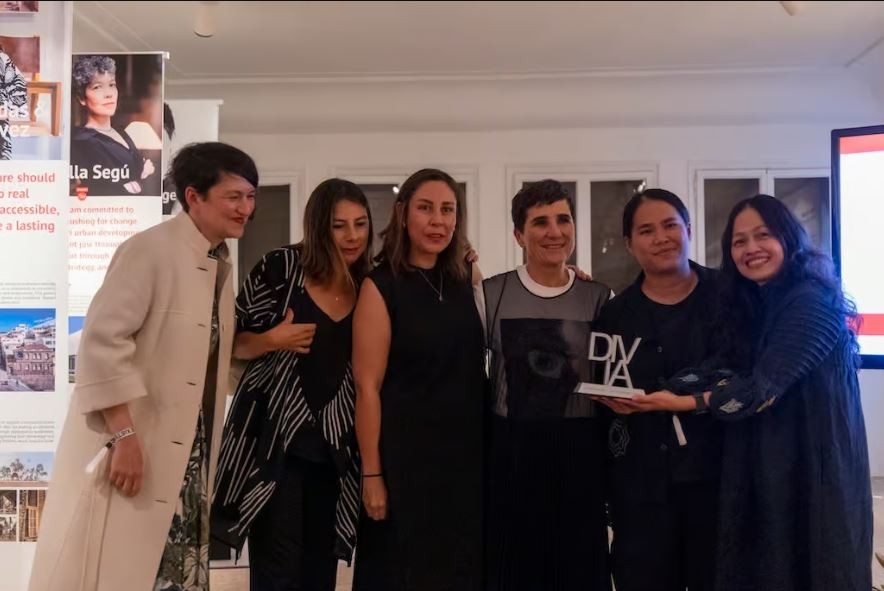 Viet's Home
Viet's Home
Vietnamese Architect Wins the Diversity in Architecture Award 2025
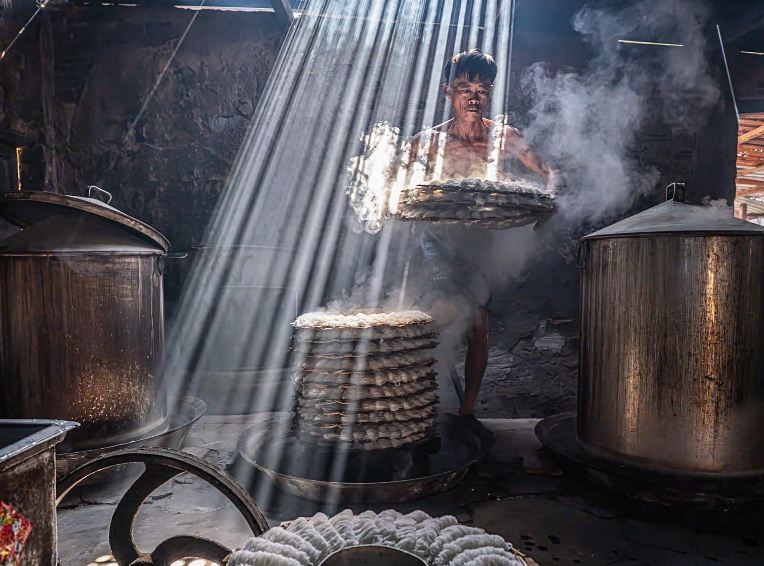 Viet's Home
Viet's Home
Vietnamese Photographer Triumph in Global Food Photography Contest
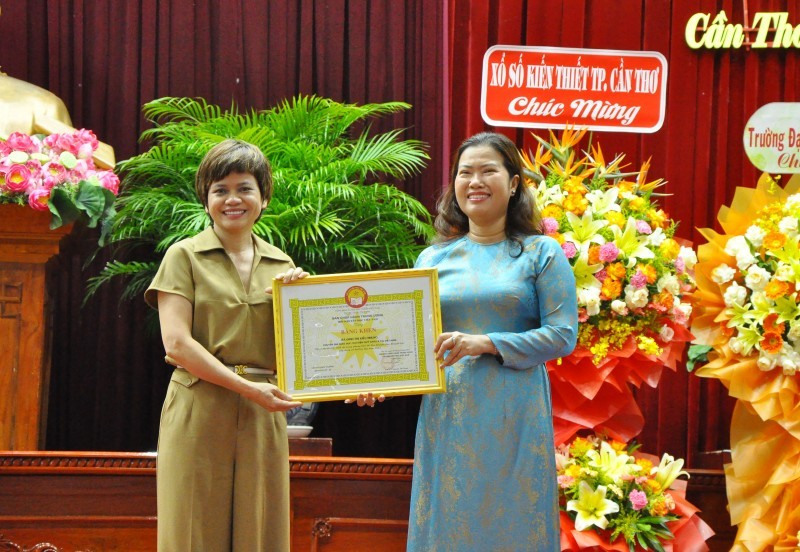 Viet's Home
Viet's Home
The Asia Foundation Awards 101 Scholarships to Can Tho Female Students
Popular article
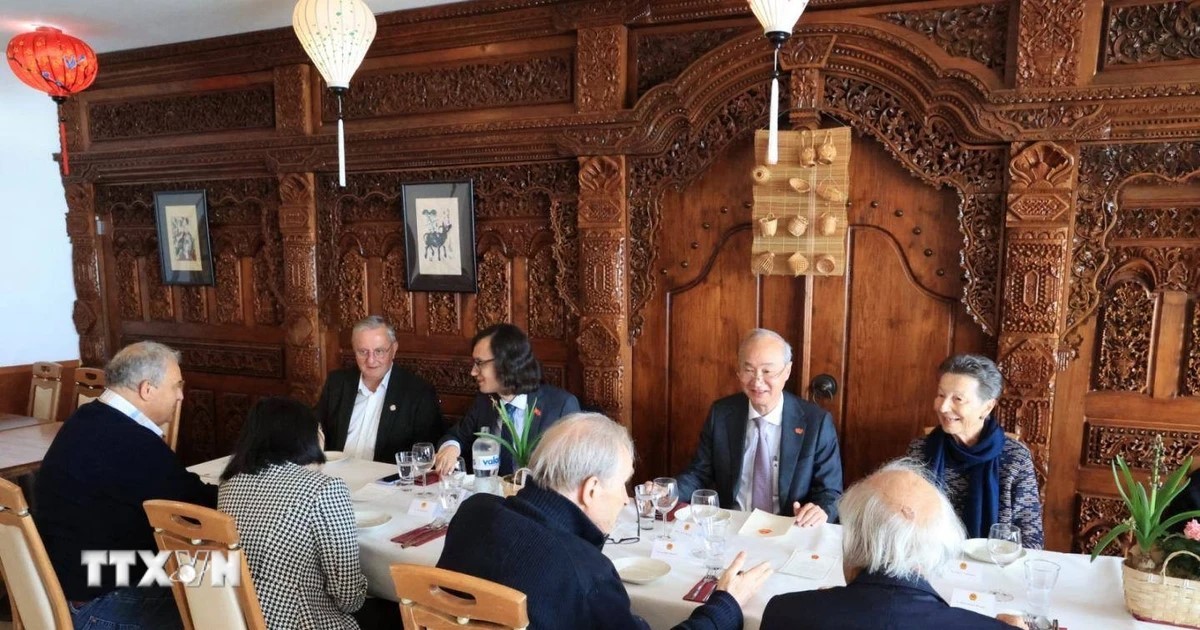 Viet's Home
Viet's Home
Ho Chi Minh And Deep Admiration in the Memories of International friends
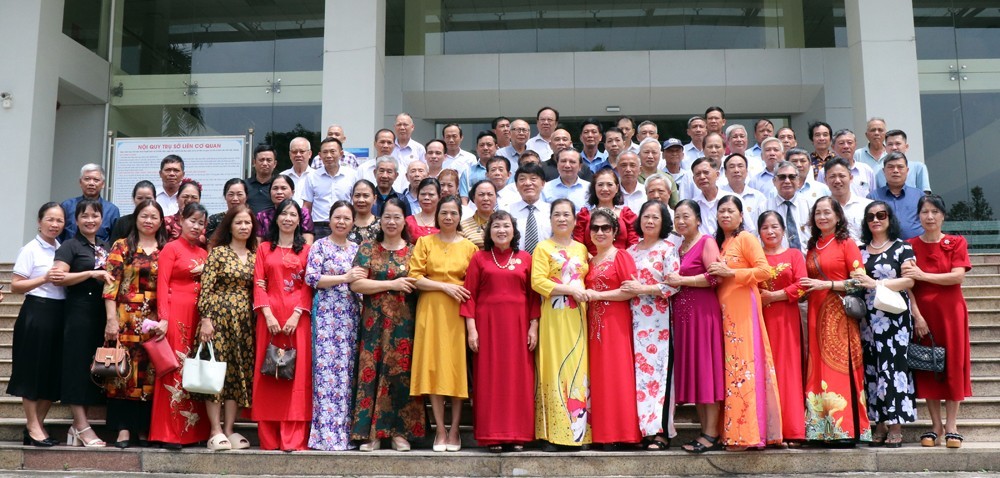 Viet's Home
Viet's Home
Meaningful People-to-people Diplomacy Activities in Bac Giang, Dong Nai, and Ho Chi Minh City
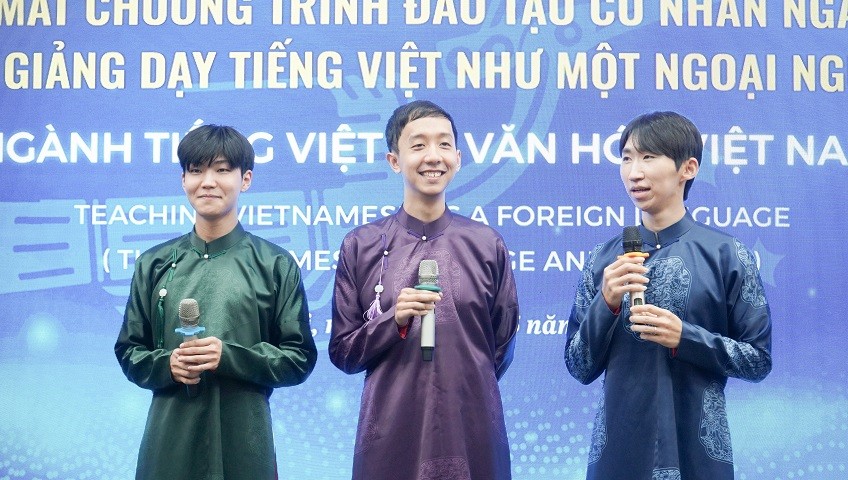 Viet's Home
Viet's Home
Brand New Vietnamese Language Training Program Launches in Hanoi
 Viet's Home
Viet's Home



